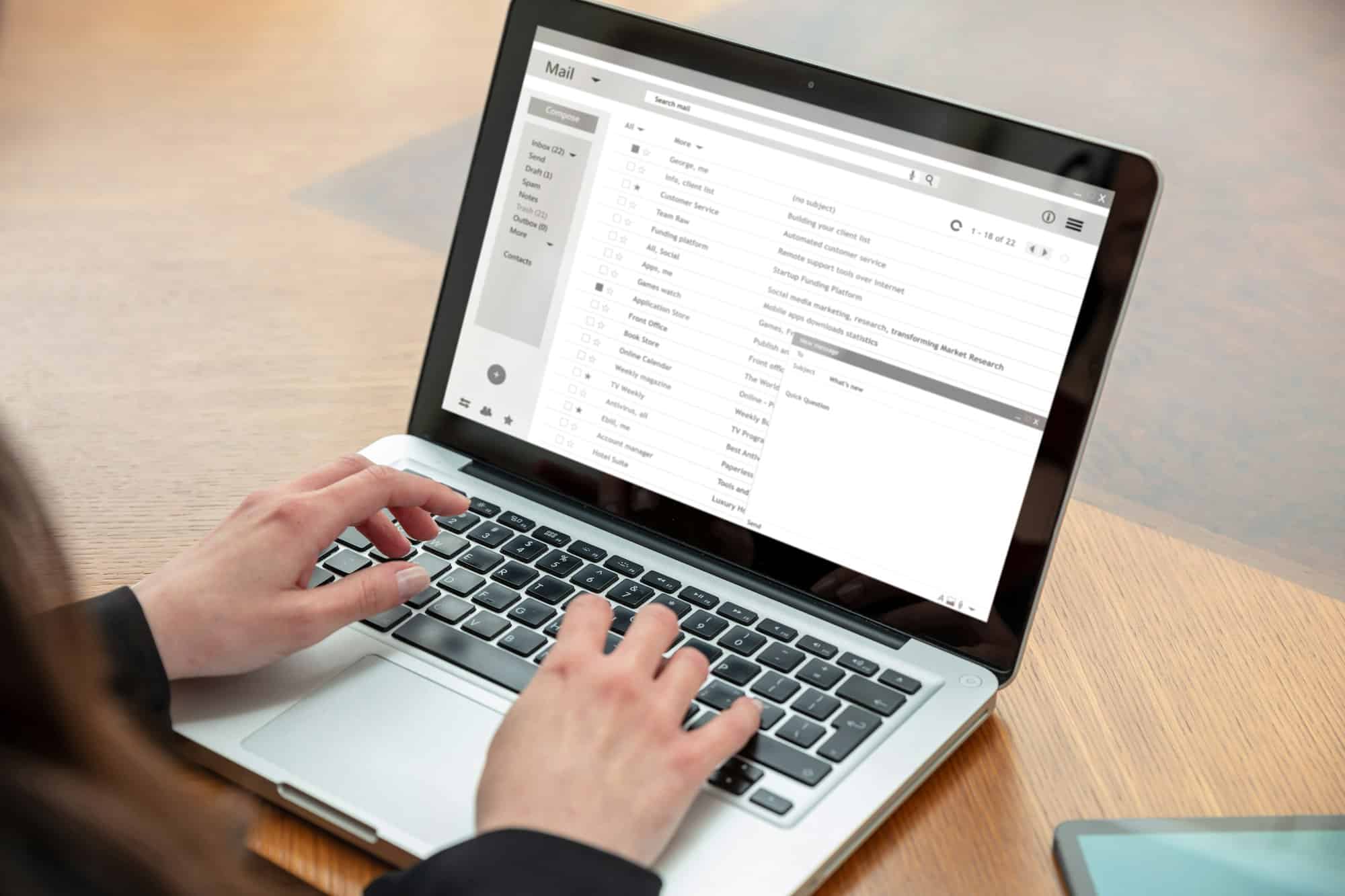No response to your email can feel discouraging, but it doesn’t have to signal the end of the line. Crafting a thoughtful follow-up email is key to sparking conversations and rekindling interest. By understanding the nuances of timing, tone, and content, you can write an email that not only gets noticed but also compels action. Explore strategies to enhance your follow-ups and improve your response rates effectively.
Understanding the Importance of Follow-Up Emails
In professional communication, follow-up emails serve as crucial touchpoints to reiterate your message and obligation without appearing intrusive. Often regarded as lifelines to enhance response rates, these emails significantly bolster engagement. The data reveals that sending one follow-up email can elevate response rates by 22%, highlighting its impact. For further insight, this site https://merge.email/blog/writing-a-follow-up-email is an excellent resource.
In parallel : What Are the Best Practices for UK Craft Beer Brands to Use Facebook Groups for Community Building?
Misconceptions about non-responses often lead professionals to prematurely label them as disinterest. However, with 44% of consumers having at least five unread emails, it’s clear that overlooked messages frequently result from busy schedules rather than deliberate ignorance. Understanding this can alleviate frustrations.
In terms of etiquette, waiting approximately two to three days before sending a follow-up aligns with best practices; this balances urgency with respect for the recipient’s time. The aim is to have the first follow-up more impactful, as statistics indicate its response rate tends to be approximately 4% higher than the initial email. Overall, a structured strategy of two to three follow-ups is advised to avoid overwhelming recipients, ensuring your communication remains effective.
Have you seen this : Revolutionize your real estate lead generation strategy today
Strategies for Crafting Effective Follow-Up Emails
Structuring Your Follow-Up Email
When crafting a follow-up email, structure is crucial. Begin by referencing the initial email to provide context, ensuring the recipient recalls your previous interaction. This is especially important if you’re sending a follow-up after receiving no response. Highlight any additional information that could assist or persuade the recipient, maintaining a focus on clarity and relevance.
Using Polite and Professional Language
Maintaining a polite and professional tone is a fundamental strategy. Acknowledge that a lack of response might not be intentional, and keep your language courteous. This approach minimizes the risk of appearing aggressive and increases the likelihood of eliciting a positive response from recipients who may be overwhelmed.
Including Clear Calls to Action
Incorporate clear calls to action (CTAs) within your email to guide the recipient on the next steps. Whether you’re encouraging them to reply, schedule a meeting, or provide feedback, a well-defined CTA can make it straightforward for them to respond. This direction not only aids in improving response rates but also streamlines communication and the decision-making process.
Timing and Frequency of Follow-Up Emails
Recommended Timing for Follow-Ups
When it comes to following up, timing is crucial. Waiting two to three days after your initial email is typically recommended, particularly when time-sensitive projects are not at stake. This timeframe gives recipients space to respond without feeling rushed. It’s essential to consider the context and urgency—waiting longer might cause missed opportunities, yet bombarding can strain relationships.
Best Practices for Email Frequency
The optimal number of follow-up emails is often two or three per interaction. Exceeding this frequency can lead to diminishing returns and potentially cause annoyance. Aim to space your emails evenly, ensuring each message contains new information or clarifies your request in a valuable way. If there’s no response after several attempts, it might be worthwhile to pivot to alternative communication methods.
Avoiding Overwhelm with Follow-Up Emails
Being conscious of email overwhelm is key. With 44% of consumers facing an excess of unread emails, applying restraint and thoughtfulness increases the likelihood of engagement. Use clear and concise calls to action to convey your message without overwhelming the recipient. Always keep the email’s goal in mind, ensuring your follow-up addresses specific needs or questions efficiently.
Examples and Templates for Various Scenarios
Job Application Follow-Up Template
Crafting a concise follow-up email after a job interview is crucial. Begin by expressing appreciation for the interview opportunity. Then, briefly reiterate your enthusiasm for the position and highlight a key discussion point from the interview. Here’s a simplified template:
Dear Interviewer’s Name,
I hope this finds you well. I wanted to extend my gratitude for the opportunity to interview for the Job Title position on Interview Date. I’m enthusiastic about the role and confident that my skills in mention relevant skills are well-suited for your team. Please let me know if there is any more information I can provide.
Thank you again for your consideration.
Best regards,
Your Name
Sales Follow-Up Email Example
In sales, timing and repetition are key. Wait several days post-initial contact before sending a follow-up. Make your email focused and direct, with a clear call-to-action:
Hi Client’s Name,
I hope you’re having a great week! Following our last conversation regarding Product/Service, I wanted to see if you have further questions. We’ve seen tremendous success in similar projects and believe this can drive specific benefit.
Looking forward to your thoughts.
Warm regards,
Your Name
Gentle Reminder Email Template for Overdue Payments
Gentle reminders for overdue payments require tact. Start with a polite reminder of the payment due date, then offer assistance if needed:
Dear Client’s Name,
I hope this note finds you well. I am writing to remind you that the payment for invoice #Invoice Number was due on Due Date. If there’s anything you need from our side to facilitate this, please let us know.
Thank you for your prompt attention to this matter.
Sincerely,
Your Name
Each email should focus on being clear and cultivating a positive relationship.






